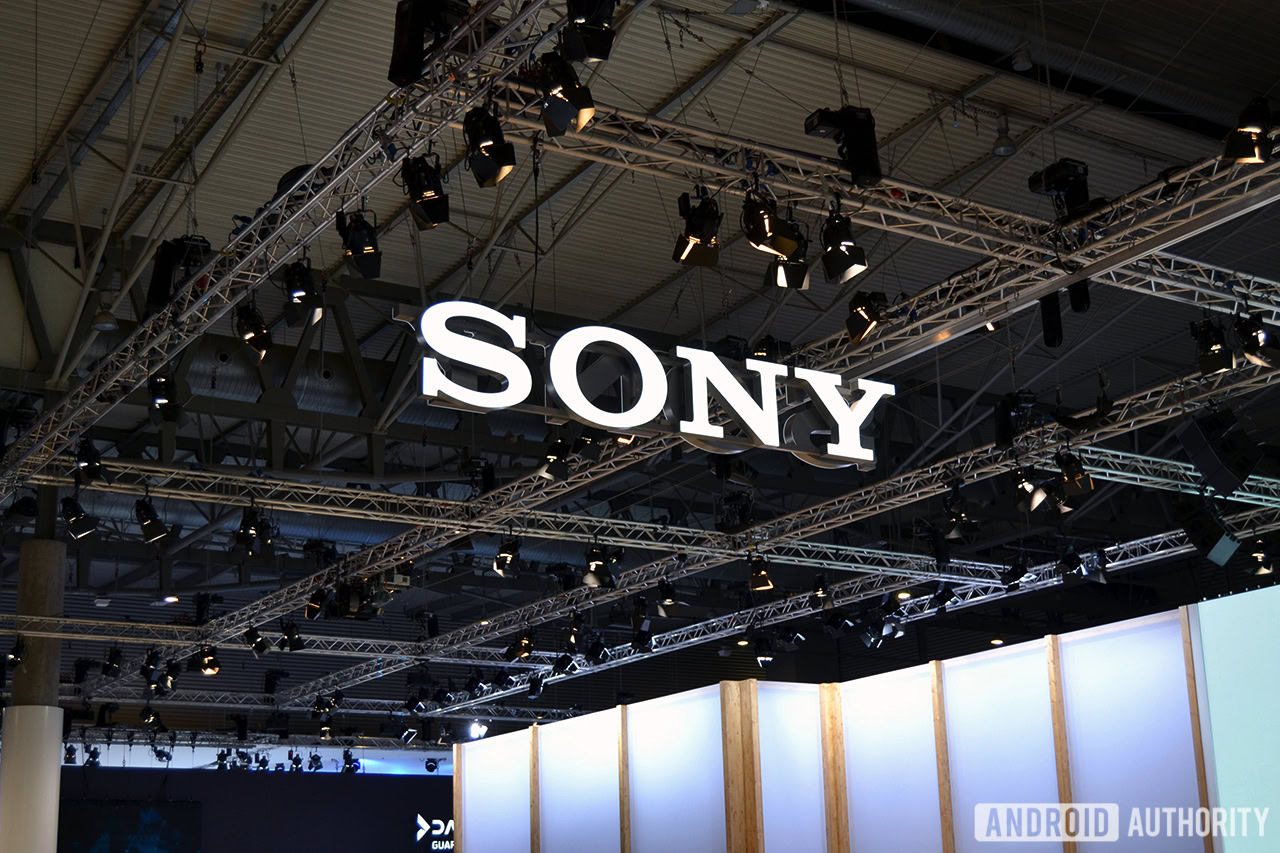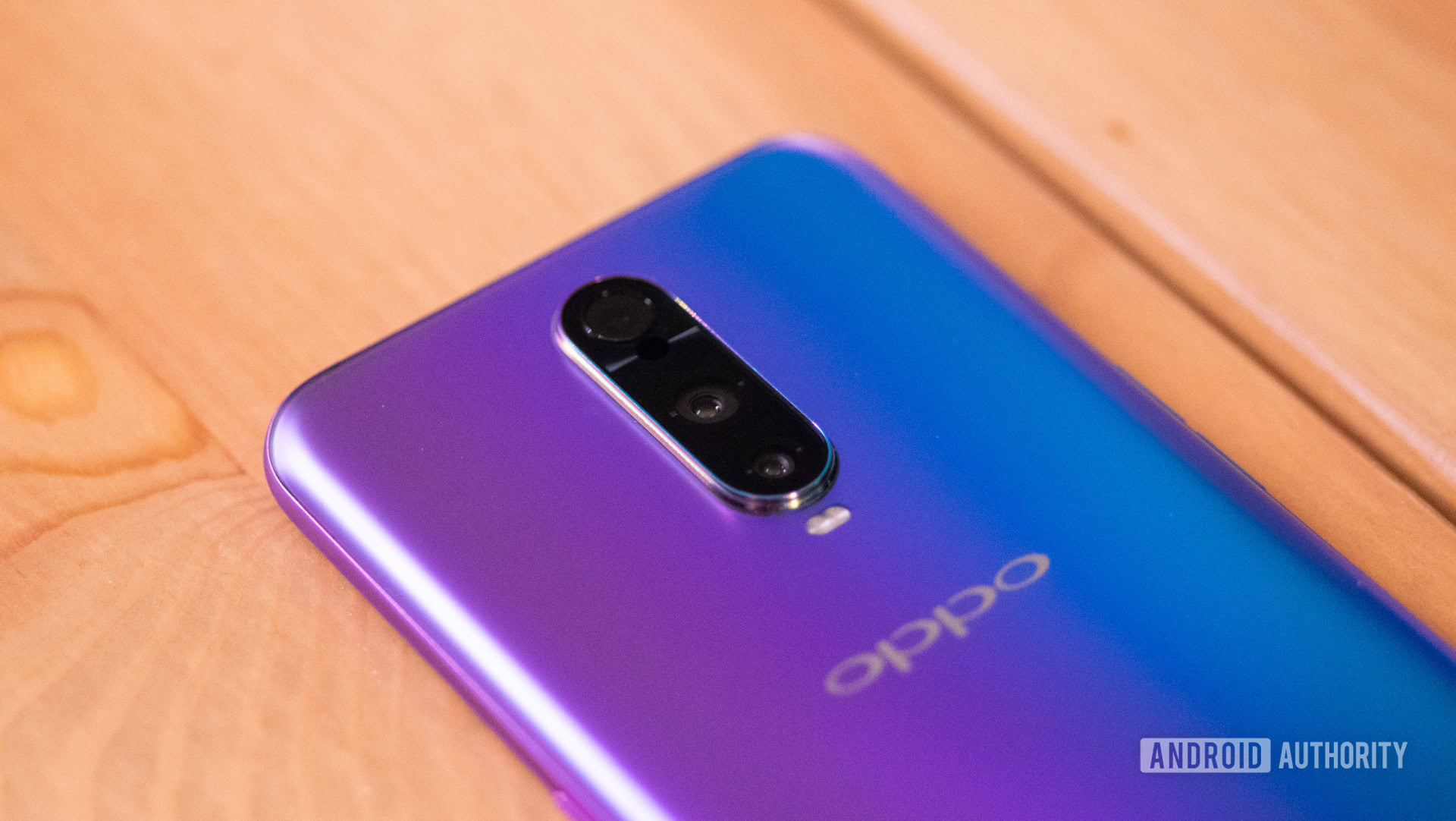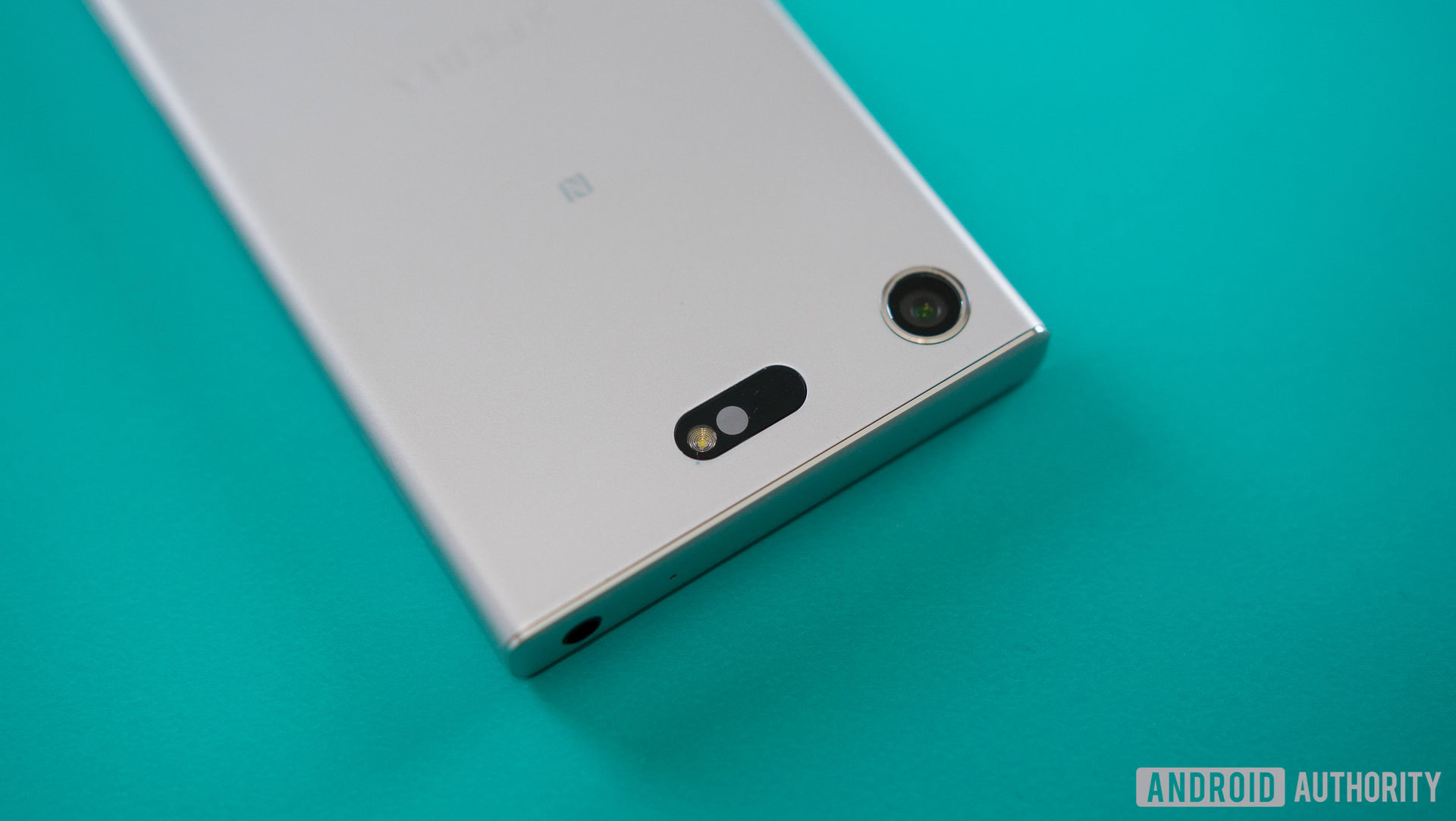Affiliate links on Android Authority may earn us a commission. Learn more.
Sony's new camera tech supposedly better than Face ID, coming later in 2019

- Sony is ramping up production of its 3D ToF cameras for 2019.
- The cameras are reportedly set to appear on the front and rear of several devices this year.
- 3D ToF cameras enable faster facial recognition and the ability to 3D scan objects.
Sony is increasing the production of new-generation 3D ToF cameras in order to meet demand for customers in 2019, according to Bloomberg.
The sensors will power rear- and front-facing cameras on devices from several manufacturers this year, Sony executive Satoshi Yoshihara told the outlet. Mass production of the 3D cameras is expected to take place in “late summer.”
Read: Sony starts winding down Xperia Themes Store, cites ‘low usage rate’
Yoshihara didn’t divulge any solid financial details but reportedly said the business was already profitable and would make an impact in the next fiscal year.
What can you do with the tech?
A 3D ToF camera sends out invisible beams of light, then measures the time it takes for the beams to bounce back. This works to a maximum distance of five meters on Sony’s effort, according to the outlet.
Yoshihara says the company’s solution creates more accurate 3D models of faces and objects than structured light sensors. Apple’s Face ID and other 3D face unlock solutions use structured light technology, which sees an array of invisible dots being projected onto a face or object. Theoretically, this should mean Sony’s technology is the superior.
Bloomberg also touched on some of its applications. “In one app, users made specific hand gestures to cast magic spells inside a virtual game,” the outlet said. “In another, the phone calculated the depth of the room and accurately displayed a virtual goldfish swimming in front of and behind real-life objects.”
Furthermore, Bloomberg says other uses include device unlocking via facial recognition, and depth measurement to improve focus in low-light situations. Meanwhile, Sony’s own DepthSense website foresees features such as “DSLR quality photography,” touchless interaction, 3D room reconstruction, mixed reality, and measurements.

We’ve already got phones on the market with 3D ToF cameras, such as the OPPO R17 Pro. But our own Lanh Nguyen was pretty underwhelmed by its functionality while reviewing the unit.

“I didn’t find the 3D scanning particularly useful and on my review device, the feature was very buggy,” Lanh said. “The 3D feature often crashed the camera or froze during the scanning process and the majority of my 3D images did not come out perfectly.”
Nevertheless, Huawei is said to be using Sony’s solution in its next-generation devices, according to “people familiar with the matter.” Given the “late summer” timeframe for mass production, that means a P30 with Sony’s sensor might be out of the question. But HUAWEI could potentially opt for another 3D ToF solution if it’s really keen on the tech.